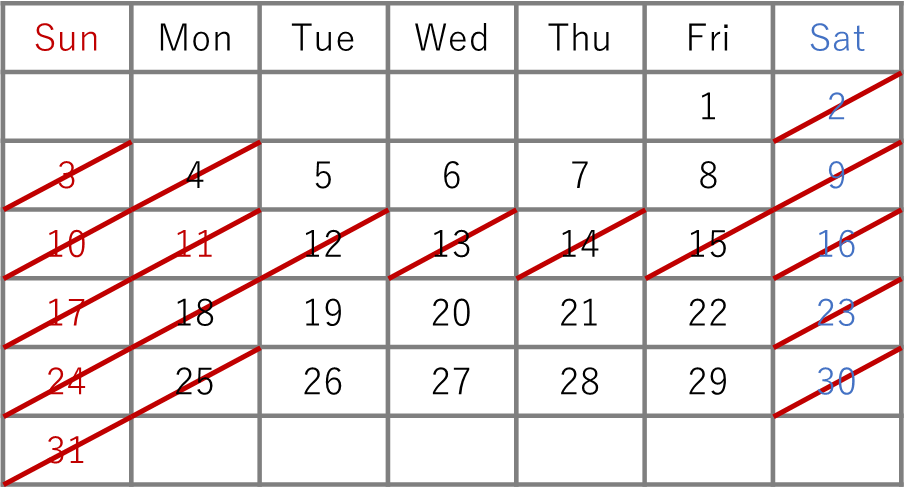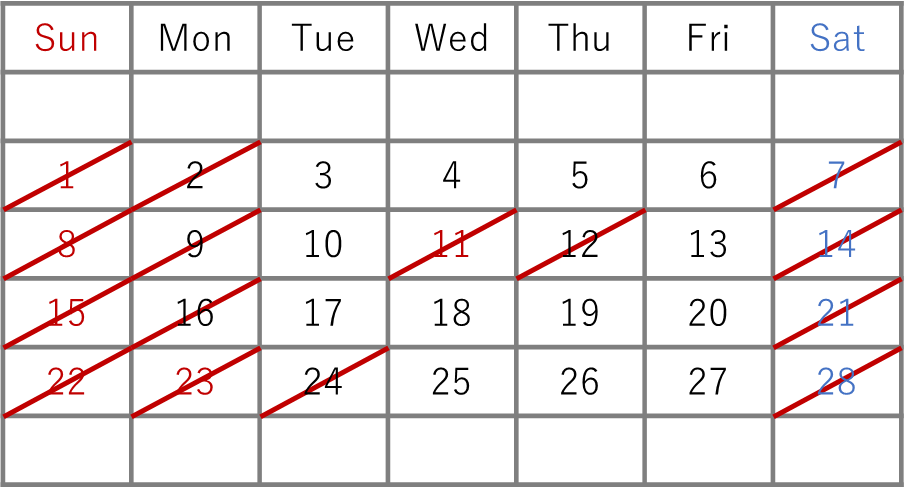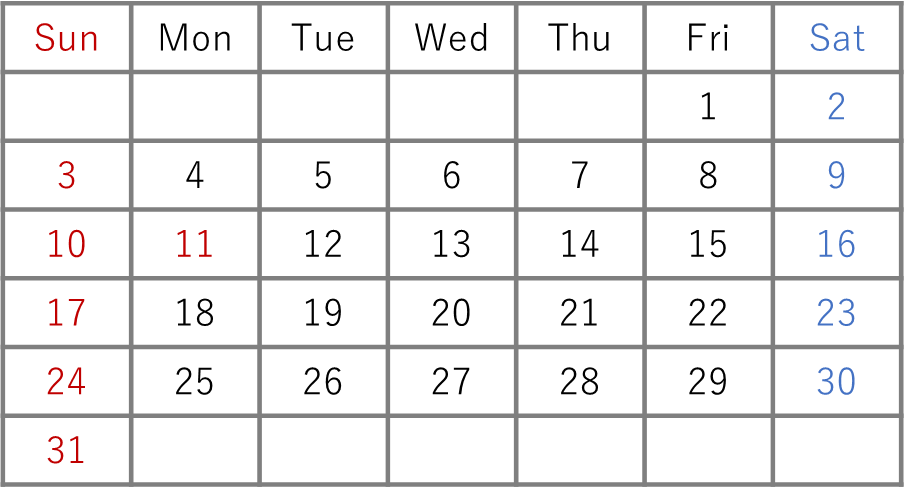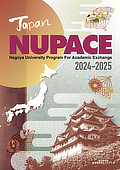Top Page > Pre-arrival Information > Pre-arrival Information
Pre-arrival Information
We, at Nagoya University, wish to extend a heartfelt welcome to all of those students who are coming to Japan this autumn to participate in the Nagoya University Program for Academic Exchange (NUPACE). For your reference, please find information on the programme and life in Japan as follows:.
=Contents=
1. Information Required by NUPACE before Arrival <IMPORTANT>
2. Passport, Visa and Registration Matters
3. Part-time Work Permit (Students entering Japan on a Non-Japanese Passport)
4. Moving into Student Dormitories
5. Orientation and Academic Schedule
6. Insurances
7. Money Matters
1. Information Required by NUPACE before Arrival <IMPORTANT>
1-1. Intention to Participate
Please confirm your intention to participate in NUPACE, in the participation form mentioned in the email no later than Friday, February 7.
1-2. Travel Itinerary and Dormitory Moving-in Schedule
All students are required to arrive and move into their dormitories at the designated time and dates shown below. Further information (dormitory name, room number, access, maps, etc.) will be sent by e-mail in late February. Please check the information carefully as the moving-in dates are slightly different depending on the dormitory.
NUPACE Stipulated Arrival Dates:
| International Ohmeikan: | April 1 (Tue) Only (9:30 to 11:00, and 13:30 to 15:00) | April 2 (Wed) (9:30 to 11:00, and 13:30 to 15:00) as a possible alternative if you have any special reason. |
| International Yamate North: |
April 1 (Tue) (9:00 to 11:00, and 13:30 to 14:30) or April 2 (Wed) (9:00 to 11:00, and 13:30 to 16:00) |
| International Residence Daiko: |
April 1 (Tue) or 2 (Wed) (14:00 to 19:00) |
1-3. Departure from Japan
-
If you are reserving a return flight, please take into account that residents of International Ohmeikan (IO) and International Residence Yamate North (IRYN)
should avoid moving-out on Mondays, weekends, national holidays, university holidays, and next day of national holidays and university holidays. (Please refer to the calendar below.)
As of February 2025 (Tentative) <Moving-out Dates IO/IRYN – August 2025>

<Moving-out Dates IO/IRYN – February 2026>

Non-Permitted Move-out days are crossed out. - *If International Ohmeikan and IRYN residents are departing at the end of the spring semester, the moving-out date is expected to be Friday, August 29, at the very latest. If you are departing in February 2026, you will be requested to move out of university housing by Friday, February 27, 2026, at the very latest.
- *If Internaional Residence Daiko residents are departing at the end of the spring semester, the moving-out date is expected to be Sunday, August 31, at the latest. If you are departing in February 2026, you will be requested to move out of university housing by Saturday, February 28, at the very latest.
| As of December 2024 (Tentative) | |
<Moving-out Dates IRD – August 2025>
|
<Moving-out Dates IRD – February 2026>
|
| All days are available for move-out. | |
2. Passport, Visa and Registration Matters
2-1.Students Entering Japan on a Non-Japanese Passport
Your ‘Certificate of Eligibility’ (CoE), the document required for visa procedures, and ‘Letter of Admission’ will be sent to you from the Student Exchange Division via email in late February.
Once you have received the Certificate, promptly take the screenshot
or a printout of the document, and any other relevant documentation, to
the nearest Japanese diplomatic mission in order to apply for a ‘student
’ visa. To avoid any connection trouble, it is highly recommended that you take a printed copy of the CoE with you.
Please be sure to obtain your 'student' visa prior to arriving in
Japan. Any request to acquire a 'student' visa after entering Japan is
likely to be rejected by the Immigration Services Agency.
2-2.Landing Procedures and Confirmation of Residence Card
As part of landing procedures in Japan, you will be required to submit your fingerprints and facial photograph at immigration control. Also, when you receive your residence card at the airport, please check whether the spelling and spacing of your name are correct.
2-3.Visit Japan Web Service
It is recommended to use the Visit Japan Web system as it facilitates the procedures at the airport of your arrival. It allows you to register information for immigration, and customs declaration procedures before arriving in Japan.
Visit Japan: https://vjw-lp.digital.go.jp/en/(English)
2-4.Students Entering Japan on a Japanese Passport
Students entering Japan on a Japanese passport shall not be subject to the landing procedures outlined in 2-1 and 2-2.
They should, however, ensure that they bring the following documentation with them to Japan to facilitate resident (moving-in) registration procedures at the local ward office.
- Family register (koseki tohon)
- Appendix to Family Register – history of resident records (koseki fuhyo)
3. Part-time Work Permit (Students entering Japan on a Non-Japanese Passport)
Permission to engage in part-time work can be applied for and approved at any international airport in Japan. Students interested in working part-time should fill out the application form attached to the application result email, and submit it upon arrival at the airport. Once you have applied for the permit, please confirm that there is a permission statement and stamp on the reverse side of your residence card.
NB. Part-time work restrictions do not apply to Japanese nationals.

4. Moving into Student Dormitories
Please note that university housing will NOT be made available before the designated dates shown in 1-2. Before the dates, it will be your responsibility to find your own accommodation.
Students can travel in Japan before arriving in Nagoya. Please keep in mind that the validity of your period of residence begins from the date of your entry into Japan. If you arrive in Japan too early, your residence status may expire during the programme period.
All students are requested to make their own way to the dormitories directly from airports or hotels. It takes approximately one hour from Chubu Centrair International Airport, and half an hour from Nagoya station, to reach each dormitory. If arriving at Chubu Centrair International Airport, please book a flight which arrives in the morning or early afternoon. We ask that you arrange your own travel from the airport to your hotel/dormitory. For directions, refer to the accommodation information.
At university dormitories, due to space reason, it is not possible to store luggage for students before they move in. If you need to send your luggage, please specify that it should arrive after the moving-in date.
5. Orientation and Academic Schedule
The NUPACE orientation programme will be held from April 3 to 9, 2025. All students must ensure that they do not miss any session relevant to them. Course registration procedures will be explained at the academic orientation.
Please DO NOT complete procedures at the local municipal office before receiving the documents at the NUPACE Office. As procedures comprise not only moving-in notification, but also application for your health insurance and pension waiver.
The NUPACE academic calendar 2025-2026 runs as follows:
Spring 2025 Semester
| Orientations (Academic, NUPACE Japanese Language Program etc.): | Thursday, April 3 to Wednesday, April 9, 2025 |
| Academic Semester Commences: | Thursday, April 10, 2025 |
| Academic Semester Ends: | Wednesday, August 6, 2025 |
Autumn 2025 Semester
| Orientations (Introductory, Academic, etc.): | Thursday, September 18 to Wednesday, October 1, 2025 (Dates are tentative) |
| Academic Semester Commences: | Wednesday, October 2, 2025 |
| Academic Semester Ends: | Wednesday, February 5, 2026 |
| (Winter Vacation Dates: | Saturday, December 27, 2025 - Wednesday, January 7, 2026) |
6. Insurances
All NUPACE students are required to subscribe the Japan National Health Insurance (JNHI) program after arrival, irrespective of duration of stay in Japan, or prior enrolment in an insurance programme in their home country. For a monthly premium of approximately ¥1,700, JNHI policy holders are entitled to a 70% discount on most medical and dental fees incurred.
All NUPACE students are also required to subscribe to the ‘Personal Liability Insurance for Students’ offered by Nagoya University Co-op, even if they have already taken out such insurance in their home country. The Insurance fee is ¥1,800 per year and it covers up to 100 million yen of damages to a third party. Although application for personal liability insurance requires the purchase of student co-op membership, the membership fee (¥4,000) will be refunded prior to your departure.
7. Money Matters
In Japan, cash is still commonly used. Ensure that you have enough money with you when you enter Japan, preferably in Japanese yen, to help defray initial expenses. We recommend a minimum of ¥150,000.
*Please note that US nationals are required to declare their TIN or SSN numbers when opening a post account.
| Japan Post Bank: | Please refer to https://www.jp-bank.japanpost.jp/en/djp/en_djp_index.html |
| Bank of Mitsubishi UFJ: | Please refer to https://www.bk.mufg.jp/tsukau/kaigai/soukin/hishimuke.html (Only in Japanese) |
We look forward to meeting you here at Nagoya University soon!




